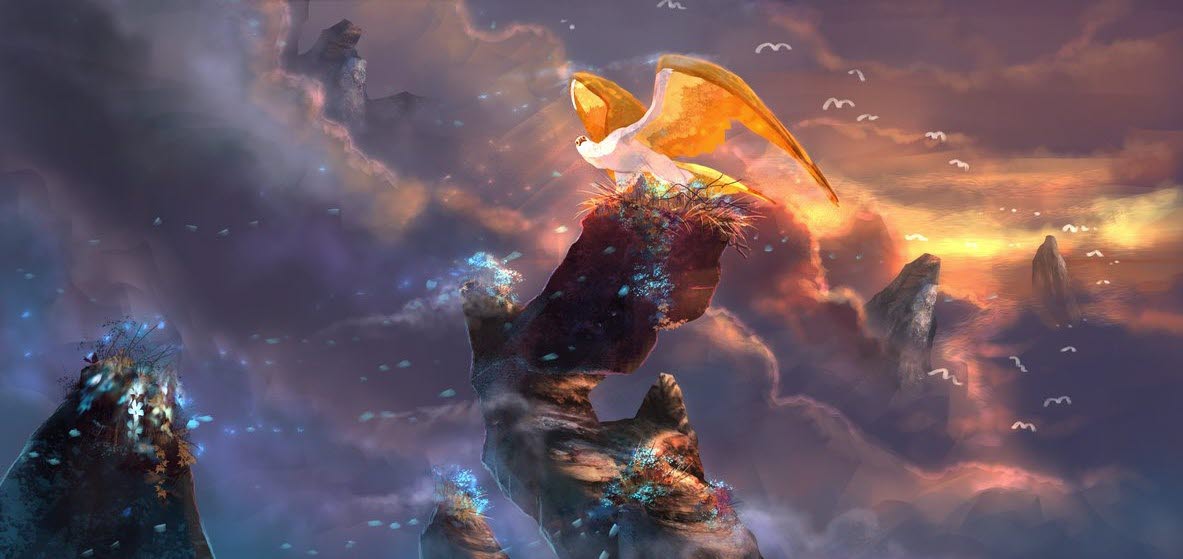
Interview with Louise Meijer about new trends in game development
Louise Meijer-Åström is the Art Director at Off-leash Interactive and she has a long career in game development as an illustrator and concept developer, both as an entrepreneur and as an employee. Here, Louise talks about the evolution in the gaming industry, including the advent of AI in the gaming arena.
AI is used very little in finished games today
Specifically, AI-generated visuals are not widely used in finished games today, and there are several reasons for this. Some game communities demand high-quality illustrations and game characters, and if you know what to look for, it's quite easy to see if an image is entirely AI-generated. Another important aspect is innovation. AI doesn't generate any genuinely new material; instead, it builds upon templates, resulting in much of the design feeling familiar from previous iconic works. The conversation around AI can go on endlessly with arguments for and against, and it's a discussion that will continue within the gaming industry for many years to come.

An important fact at present is that the largest marketplace for games, Steam, does not allow games with AI-generated content. Currently, it's up to the developers themselves to certify the validity of their product, and if a game using obviously AI-generated material is uploaded, players can report it. This, in turn, can lead to Steam conducting an investigation and removing the game from the platform.
The reason behind this policy lies in the uncertainty surrounding copyright. Who owns the copyright to all the countless source materials that an AI-generated image needs to generate something new? The legal questions are many and are currently subject to debate in the courts in the USA.
AI brings new opportunities to streamline processes within game companies. Studios can train their own AI engine on their own illustrations, and then the entire image production happens in-house with copyright secured, to give an example. This may become more common in the future as AI technology and tools develop, and some studios are already doing this.
"However, the concept of a game always remains at the forefront, the character, its personality, how it moves and interacts with the game world, how it fulfills a player fantasy in the best possible way is a craft done with great care," explains Louise.
Diversification is a clear trend
Regarding the content of the game, its design, and narrative, the trend today is that the stories are more diversified than before and often realistic. More people around the world can produce and publish games with free game engines, thereby increasing the variety of games created. Gender perspectives, climate change and sustainability, indigenous peoples, mental health and illness, parenthood - yes, the examples of diversified characters and game narratives are far greater today than before, thanks to the ability to create games without a big game company backing. The trend towards diversification within companies is also strongly culturally conditioned, depending on the continent. With more news outlets reporting on the working conditions within the gaming industry, higher demands can be placed on humane working conditions, and characters and stories are portrayed responsibly and accurately.


